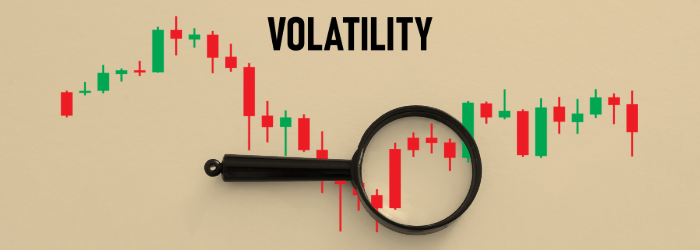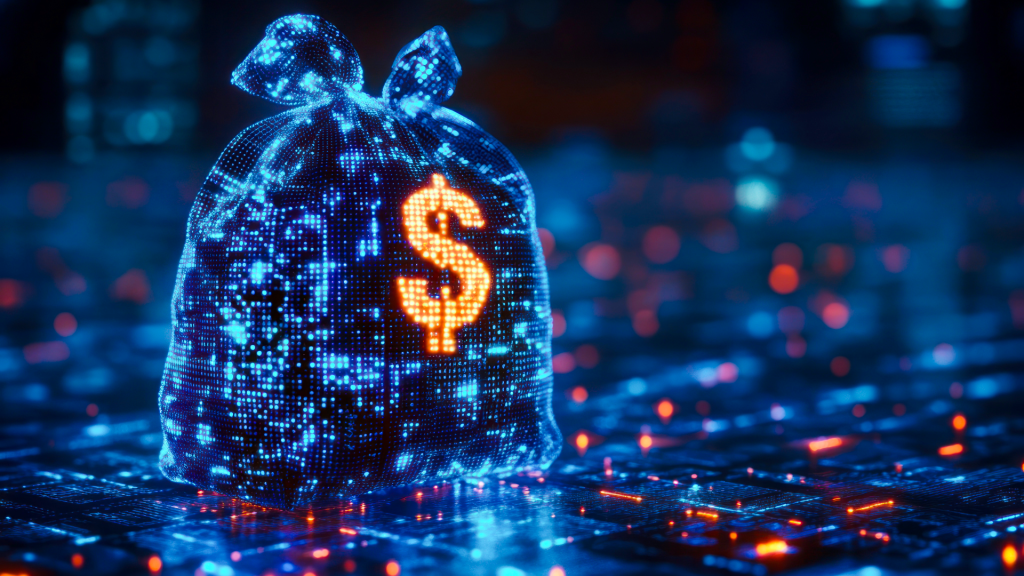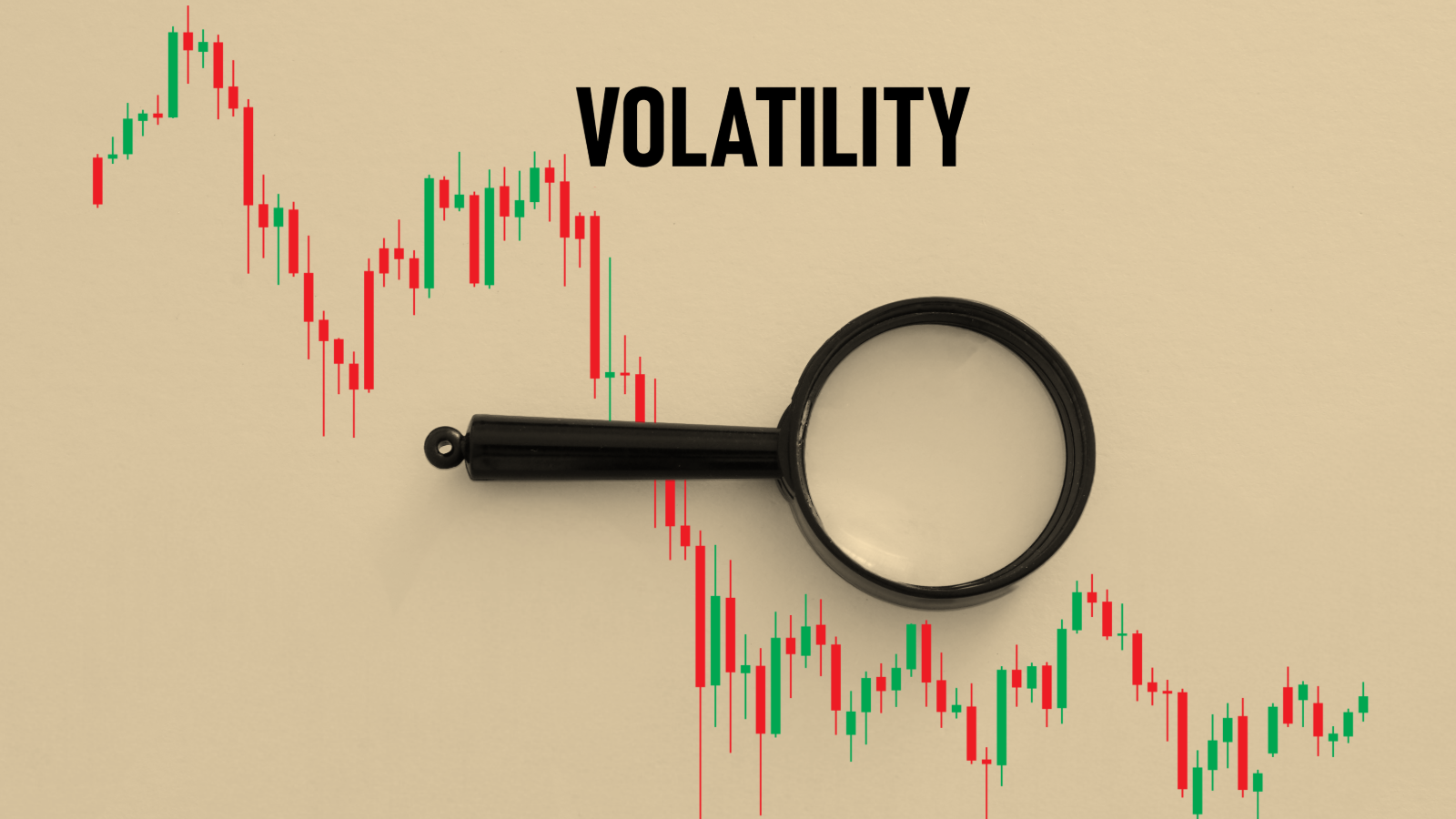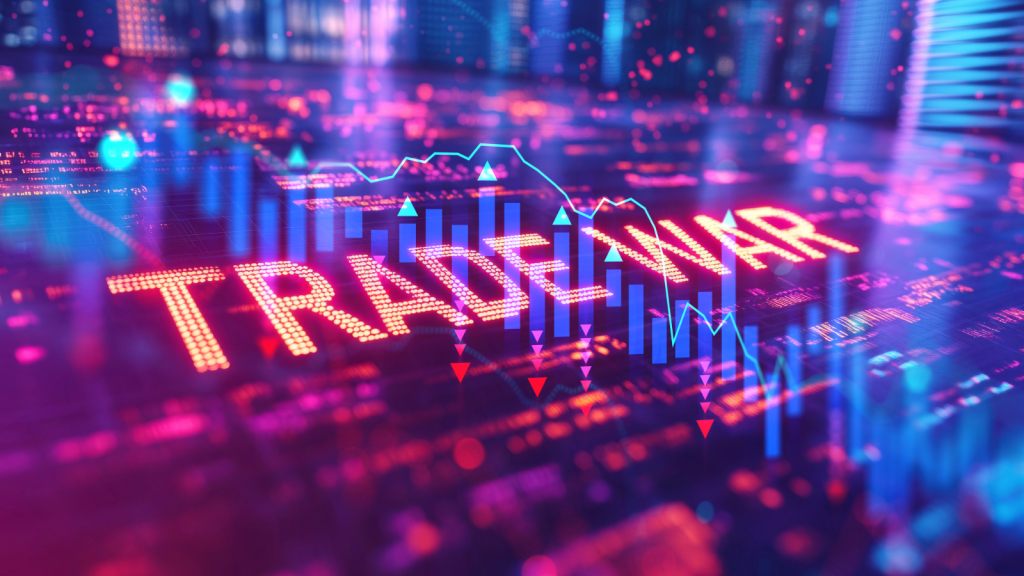The Robot Elon Musk Thinks Will Be Bigger Than the iPhone

Editor’s note: “The Robot Elon Musk Thinks Will Be Bigger Than the iPhone” was previously published in May 2025 with the title, “Musk’s Boldest Vision Yet: How Optimus Could Be the iPhone of Robotics.” It has since been updated to include the most relevant information available.
If you thought the Tesla (TSLA) Cybertruck was bold, just wait… Because according to Elon Musk, his most world-changing product isn’t a car, rocket, social media platform, or AI chatbot.
It’s a walking, talking humanoid robot named Optimus.
In fact, Musk actually believes it could become the most valuable product in history, potentially surpassing even the iPhone.
Tesla’s robot is powered by the same AI brain and Full Self-Driving (FSD) tech that runs its autonomous vehicles. But unlike a car, Optimus can walk, talk, lift, carry, assemble, cook, clean, and, perhaps most importantly, learn.
Not to mention, it’s already operational, working inside Tesla factories, performing light-duty tasks and learning in the real world. And it won’t remain insular for long. Musk has said Tesla will manufacture thousands of these bots this year, with plans to sell them to external businesses in 2025 and to consumers shortly thereafter.
The Tesla CEO is thinking big. On a Wall Street conference call not long ago, he said:
“Optimus will be the overwhelming majority of Tesla’s value… It has the potential to generate over $10 trillion in revenue.”
This is the same man who created the world’s most valuable car company, most successful private space firm (SpaceX), and one of the most disruptive energy businesses with Tesla Energy. And even considering those prolific triumphs, he believes that Optimus is his crown jewel.
So, why is Musk betting his legacy on this robot?
Because he sees what’s coming…
Why the Optimus Robot Could Outshine the iPhone
We feel that the stars are aligning in a way that could catapult humanoid robots into the center of American industry, policy, and everyday life faster than anyone expects.
AI is evolving fast. For example, back in September 2024, most AI models averaged between 80 and 93 IQ, as measured by TrackingAI. Today, most fall between 95 and 130. And that’s just within about six months’ time!


Pair that level of intelligence with a humanlike machine body, and you have the blueprint for an unlimited, round-the-clock labor force. No sleep, wages, lunch breaks, or benefits – just productivity.
That’s a future Musk is actively building. And it’s why we think Optimus could be the most disruptive product ever launched.
This is a machine that could perform warehouse work, manage inventories, assist in factories, restaurants, and homes, patrol and secure properties, perform elder care and domestic duties…
At scale, it could easily supplement, even replace, human labor throughout the entire global economy.
Humanoid Robots: A Labor-Disrupting, Economy-Transforming Force
Let’s be real: This isn’t just a digital assistant that lives in your pocket like Siri.
With humanoid robots, we’re talking about a physical personal assistant with a tangible impact – a potentially labor-disrupting, economy-transforming force gearing up to go mainstream.
Think about it. From steam engines to semiconductors, every major technological leap has reshaped the workforce in ways that were hard to fully grasp at the outset.
During the Industrial Revolution, machines replaced hand-weavers, leading to the collapse of entire ‘cottage industries’ almost overnight.
In the 20th century, Henry Ford’s assembly line made cars accessible to the masses – while also redefining labor itself, breaking skilled work into repetitive, specialized tasks.
And as we’ve seen most recently, digital tools introduced to cut costs and boost efficiency have hollowed out sectors across the labor market. Spreadsheets and enterprise software have replaced swaths of bookkeepers and administrative assistants. Email and databases have streamlined office workflows that once required dedicated secretaries and file clerks.
In our view, humanoid robots represent the next great technological leap that will change the labor calculus entirely.
Just as tractors once transformed agriculture and displaced millions of farmhands, these machines could reshape employment as we know it.
The Final Word on Unlocking Generational Wealth
Every labor shock in history has wrought destruction… and reinvention.
History tells us not to ignore these shifts. When the tools change, so does the world…
As well as the paths previously taken to rise to the top.
If you’ve been following us for a while, you know I spend most of my time exploring how breakthrough tech – like Optimus – can unlock generational wealth.
But not all market transformations are smooth or linear. Sometimes, disruption brings chaos before clarity.
That’s where my colleague Jeff Clark comes in.
While I chart the long arcs of innovation, Jeff specializes in turning short-term volatility into opportunity. Over the past two decades, he’s built a track record of helping traders profit from the very chaos that sends others running for cover.
We may play different instruments, but we’re part of the same economic orchestra. In fact, Jeff and I recently sat down to talk about what these seismic shifts mean for your money – and how you can prepare for what’s coming next.
Missed that conversation? Watch it here.
Now, in just two days – on Wednesday, June 11 at 10 a.m. ET – Jeff’s going live to reveal 10 actionable trades from his brand-new screener built to thrive in volatile markets.
If you’re interested in making money not just from where the world is going – but from the bumps along the way – you can reserve your seat to that event here.
On the date of publication, Luke Lango did not have (either directly or indirectly) any positions in the securities mentioned in this article.
P.S. You can stay up to speed with Luke’s latest market analysis by reading our Daily Notes! Check out the latest issue on your Innovation Investor or Early Stage Investor subscriber site.
















